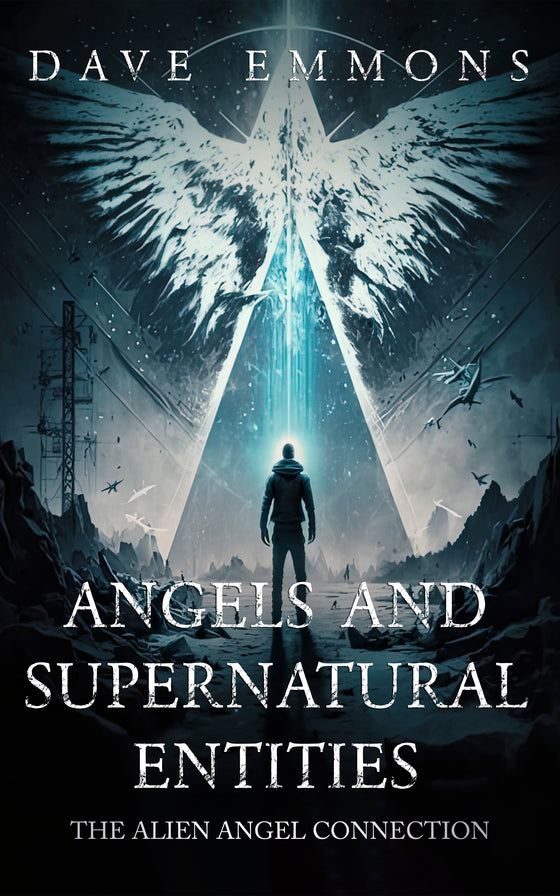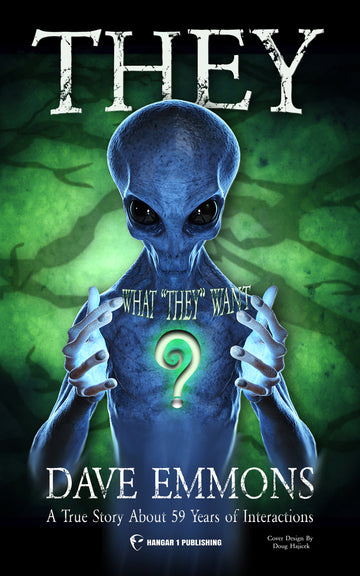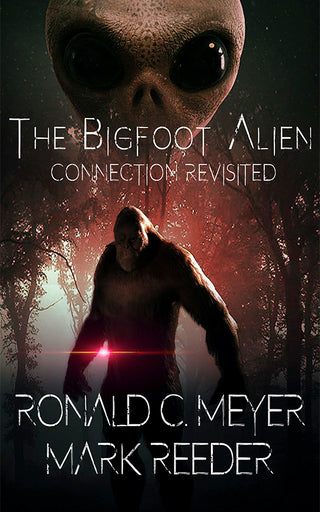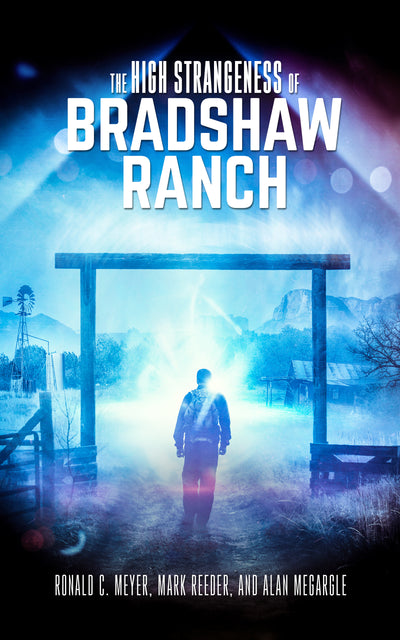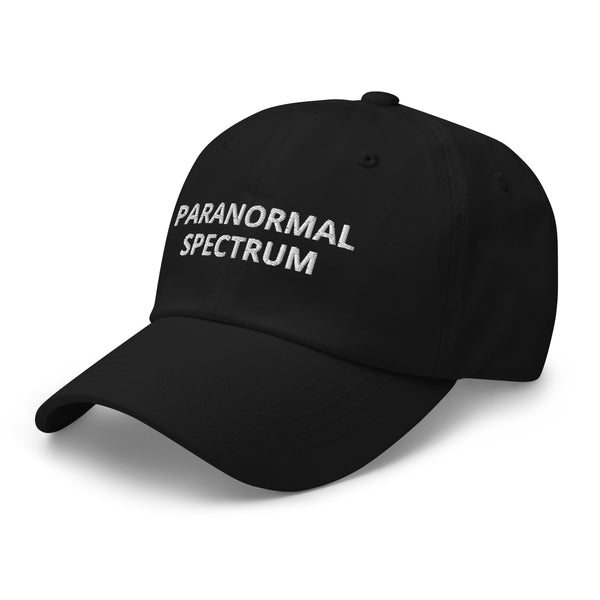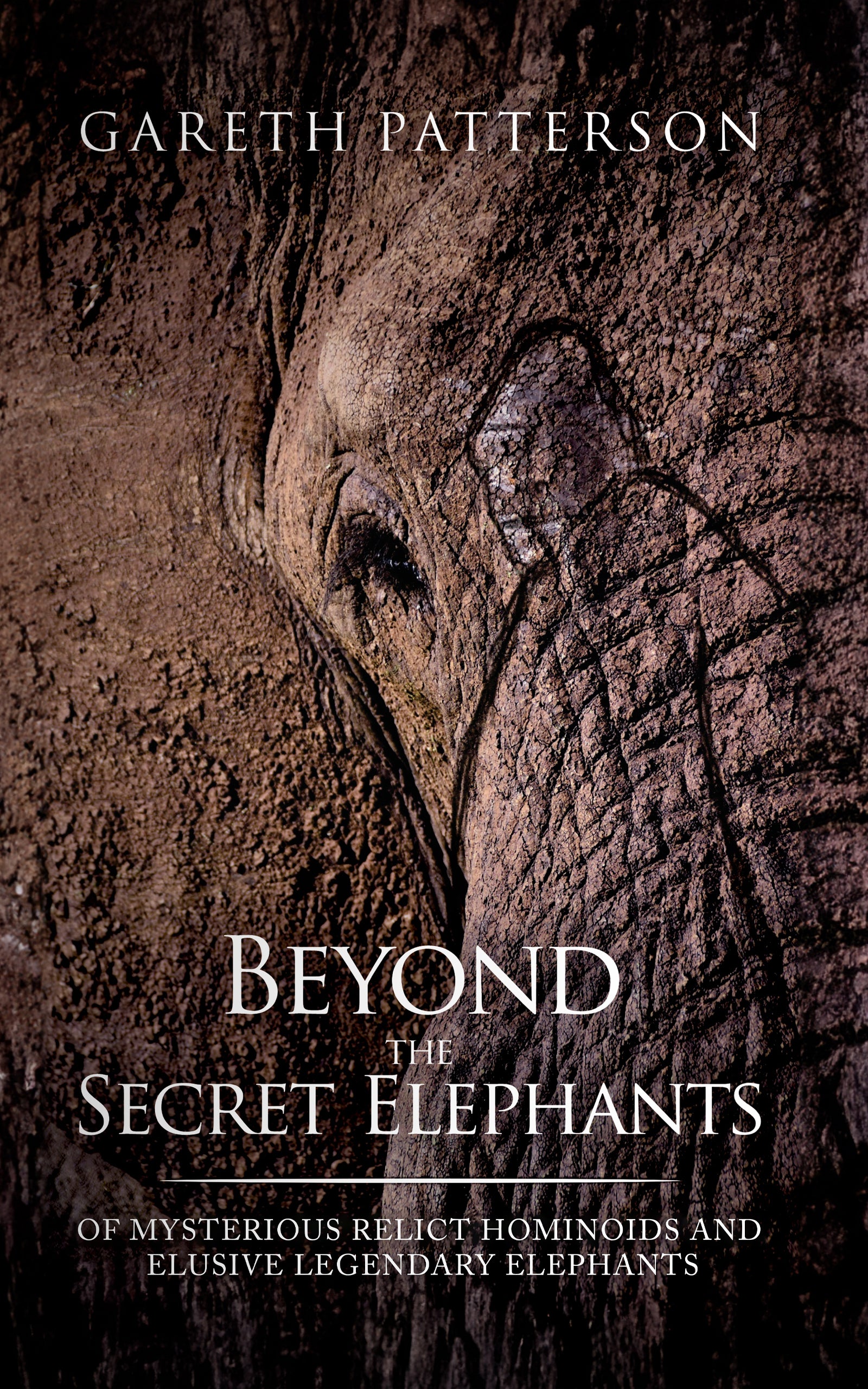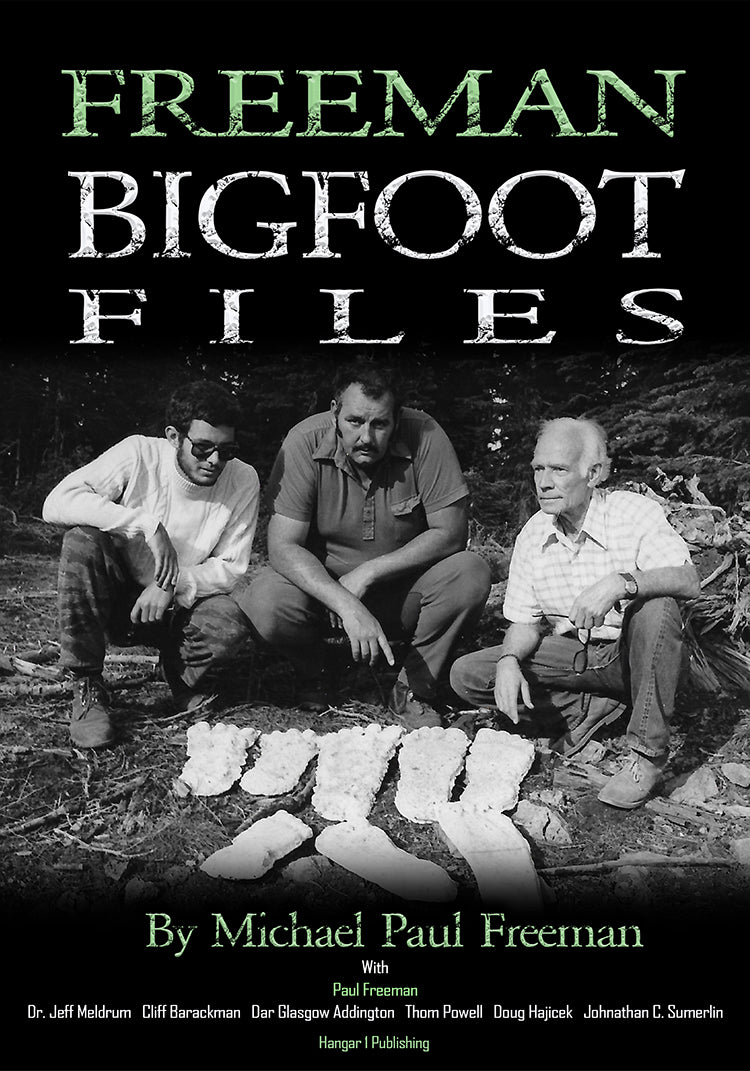Exoconsciousness: Data-Driven Proof of the Human-Alien Connection

By Vanessa Torres, Ufologist
I still remember the humidity of the conference hall in 1999. Back then, ufology felt like a collection of scattered reports-lights in the sky, radar blips, and grainy photos. If you talked about the internal experience of contact, you were often politely escorted to the fringe of the fringe. But after twenty years of interviewing witnesses and digging through public records, I've watched the narrative shift. The hardware is interesting, sure, but the software-the human mind-is where the real story lives.
We are seeing a move away from the nuts-and-bolts obsession toward something far more complex. This isn't just about what we see; it's about what we are. This brings us to a concept that challenges the very definitions of contact: Exoconsciousness.
Defining the Undefinable
The term might sound like a mouthful, but its implications are precise. Rebecca Hardcastle Wright, PhD, coined the word to describe something she observed in her work as a futurist and coach. While dictionaries might dryly define it as the study of extraterrestrial dimensions of human consciousness, Wright's definition strikes closer to the bone. She argues that Exoconsciousness is the innate human ability to contact, communicate, and co-create with extraterrestrial and multidimensional beings.
This distinction matters. It moves the phenomenon from something that happens to us (like an abduction) to something that is part of us-a natural extension of human capability. Wright posits that humanity's progress as a space-faring species is directly proportional to developing this internal capacity, integrating psychic intelligence with scientific inquiry.
The Data That Breaks the Fear Narrative
For decades, the media fed us a steady diet of trauma. The "alien abduction" narrative was one of paralysis, medical exams, and fear. But when you sit down with experiencers, as I have hundreds of times, that single note of terror rarely holds up as the whole song. We now have the numbers to back that up.
The FREE Experiencer Research Study, spearheaded by the late Dr. Edgar Mitchell's foundation, surveyed over 6,000 participants from 125 countries. The results dismantle the Hollywood version of events. A staggering 66% of respondents described their experiences as "mainly positive," while only 5% viewed them as negative. Perhaps most telling is that 84% did not want their contact to end.
This data forces a recalibration. If the majority of contact events result in spiritual transformation and a decreased fear of death, we aren't dealing with a hostile invasion. We are looking at an interactive, transformative event. The study found that 100% of participants reported NHI contact, but it rarely happened in isolation. It came bundled with Out-of-Body Experiences (OBEs) (80%) and telepathy (78%).
The Science of Connection
Skeptics often dismiss these reports as sleep paralysis or fantasy. Researchers like Susan Clancy have argued that abduction memories are prone to false recall, and Richard McNally demonstrated that while the physiological distress is real, it doesn't prove an external event. These are valid checks on our enthusiasm. As a journalist, I have to verify facts, and memory is notoriously slippery.
However, theoretical frameworks are emerging to bridge the gap between subjective experience and physics. Raul Valverde of Concordia University connects Exoconsciousness to the Quantum Holographic Theory of Consciousness. His model suggests that our minds might operate non-locally, capable of instantaneous information exchange-telepathy-through a shared quantum reality. In this view, contact isn't just spaceships landing on the White House lawn; it's a transpersonal experience where the observer becomes aware of a "cosmic multi-dimension."
Government Disclosure vs. Human Experience
While the grassroots community builds these frameworks, the official channels remain fixated on threat assessment. I've tracked the release of documents from the ODNI Preliminary Assessment to the establishment of the All-domain Anomaly Resolution Office (AARO). The language is sterile. It focuses on sensors, flight safety, and national security.
The NASA Independent Study Team recommended using AI to crunch data, yet they explicitly flag the "negative stigma" as a barrier to reporting. Despite this, official bodies like AARO, in their Historical Record Report, found no evidence of extraterrestrial technology. There is a massive disconnect here. The government looks for metal; the people are reporting mind.
The Rise of the Citizen Scientist
This vacuum in official research has birthed a new era of citizen science. We don't have to wait for permission to investigate. The cost of technology has dropped enough that serious researchers can build their own rig for under $5,000. We are talking about AI for anomaly detection similar to what SETI uses, but pointed at our own skies.
More importantly, we can now measure the human instrument. Biosensing kits with EEG headbands and HRV monitors allow us to document the physiological state of someone engaging in CE-5 protocols. If contact is an internal capability, as Exoconsciousness suggests, then our bodies are the sensors we should be calibrating.
The path forward isn't just about demanding documents from the Pentagon. It's about rigorous, data-driven inquiry into our own potential. Whether you view this through the lens of Hardcastle Wright's theories or simply as a journalist documenting a cultural shift, one thing is undeniable: the door has been opened, and it swings both ways.
From Bigfoot to UFOs: Hangar 1 Publishing Has You Covered!
Explore Untold Stories: Venture into the world of UFOs, cryptids, Bigfoot, and beyond. Every story is a journey into the extraordinary.
Immersive Book Technology: Experience real videos, sights, and sounds within our books. Its not just reading; its an adventure.








